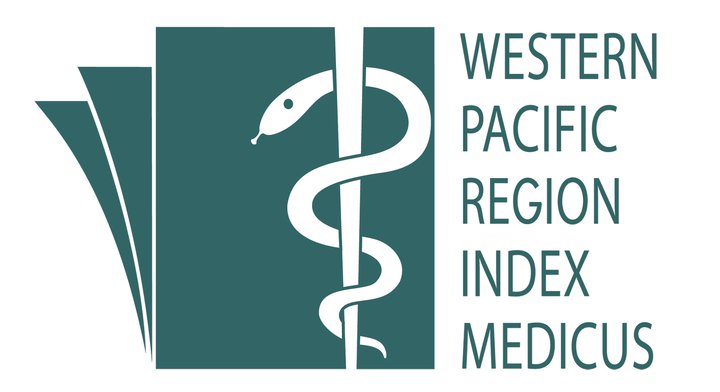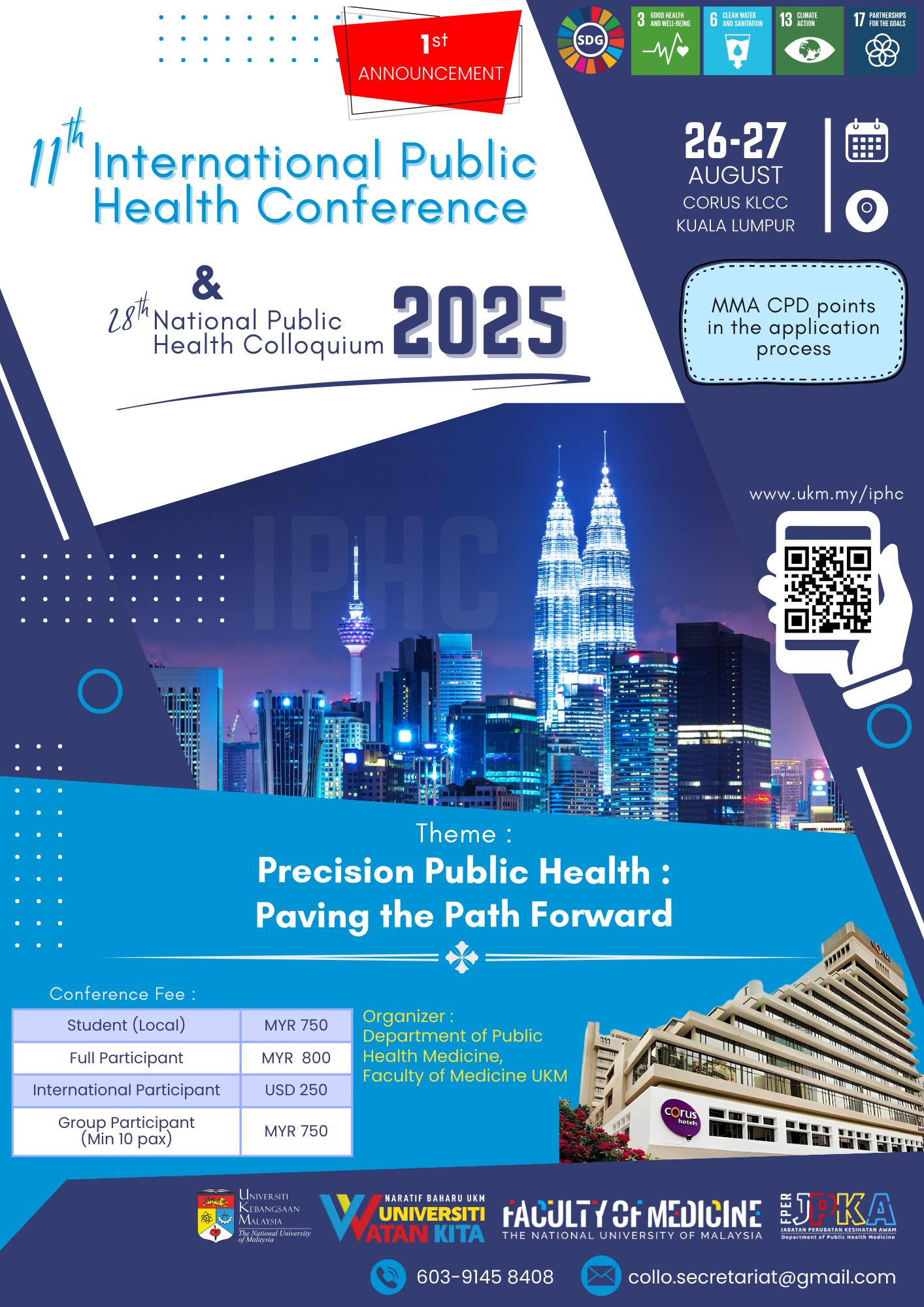Knowledge and Attitude of Universiti Kebangsaan Malaysia (UKM) Medical Students on Forest Bathing
Keywords:
Shinrin-yoku, Preventive medicine, Nature therapy, MalaysiaAbstract
ABSTRACT
Background and aims: Forest bathing or Shinrin-Yoku is a practice of being mindful of nature and it offers multiple health benefits in both physiological and psychological factors. This study aimed to determine the knowledge and attitude of Universiti Kebangsaan Malaysia (UKM) medical students towards forest bathing and its relationship with the sociodemographic factors.
Materials and methods: A total of 165 UKM medical students were recruited using proportionate random sampling. The subjects were then categorized based on the academic year (Year 1 - Year 5). Exclusion criteria includes those who deferred their academic year and/or who were hospitalized. A questionnaire was given via a google form consisting of sociodemographic data details and 15 questions for each knowledge and attitude on forest bathing.
Results: The prevalence of good knowledge and good attitude of UKM medical students towards forest bathing were 64.2% (n=106) and 50.9% (n=84) respectively. Female medical students had a good knowledge (n=63, 73.3%) and good attitude (n=52, 60.5%) compared to male medical students’ knowledge (n=43, 54.4%) and attitude (n=32, 10.5%) leading to a p-value of 0.012 and p-value of 0.010. Otherwise, other sociodemographic factors including race, level of medical year and level of lifestyle did not affect participants’ knowledge and attitude on forest bathing.
Conclusion: Majority of UKM medical students have a higher prevalence of good knowledge compared to good attitude on forest bathing. Therefore, intervention is recommended especially towards male medical students as forest bathing has enough evidence as preventive medicine.
Keywords: Shinrin-yoku, Preventive medicine, Nature therapy, Malaysia.
Published
How to Cite
Issue
Section
License
IJPHR applies the Creative Commons Attribution (CC BY) license to articles and other works we publish. If you submit your paper for publication by IJPHR, you agree to have the CC BY license applied to your work. Under this Open Access license, you as the author agree that anyone can reuse your article in whole or part for any purpose, for free, even for commercial purposes. Anyone may copy, distribute, or reuse the content as long as the author and original source are properly cited. This facilitates freedom in re-use and also ensures that IJPHR content can be mined without barriers for the needs of research.






